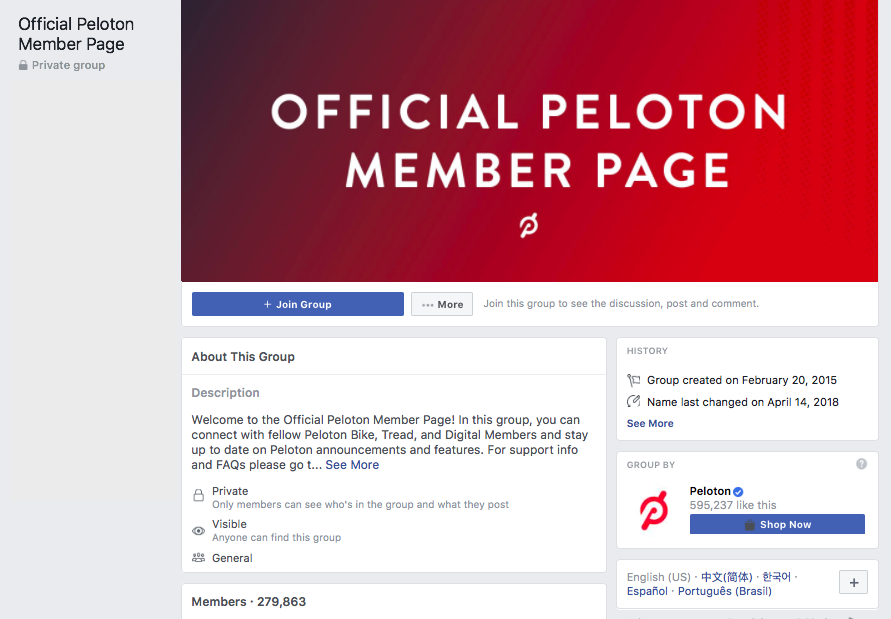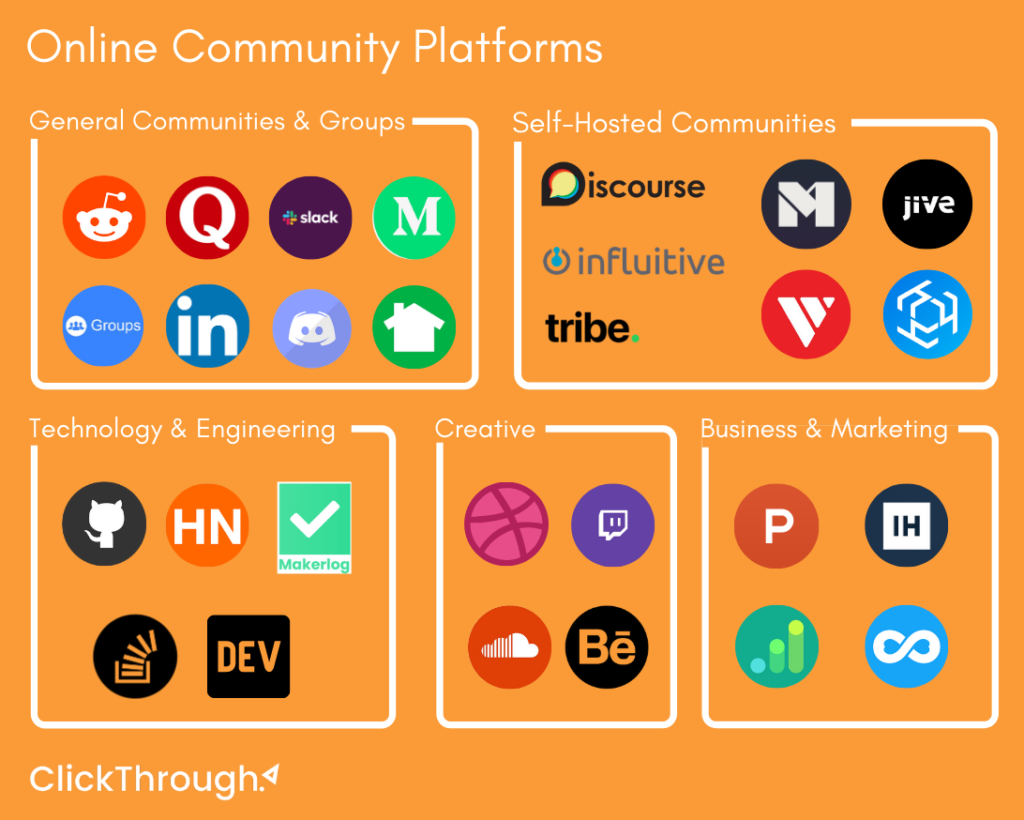The digital marketing industry rapidly evolves with new channels, tools, and strategies. The success of any digital marketing team relies on their ability to remain agile and on the cusp of new trends.
It’s become more important than ever for brands to build meaningful relationships with their audience. Through personalized interactions, users feel valued and build a genuine sense of trust between a brand.
But how can these personalized interactions be created at scale
Communities are a powerful way to connect with an audience. They create a platform to unite like-minded individuals who can foster meaningful conversations through their shared beliefs and interests.
Some of the most successful digital marketing teams have harnessed the power of communities to; gain unique insights about their audience, promote exclusive content, and even create a stream of user-generated content.
The digital marketing team at Peloton were quick to adopt Facebook groups as a platform to host their own community. Within their group, the brand leads conversations about favorite instructors, biking gear, and fitness goals to over 350,000 members.

With over 1.41 billion Facebook users actively using groups, Peloton has captured a large segment of highly engaged users who are interested in their product category. This has helped attract and retain a loyal following of both existing and new users.
As users seek more private conversations through communities, platforms like Facebook have shifted their priority to this new medium.
This has led to a decline in organic engagement across branded Facebook posts. This reduction in organic reach is a result of the platform prioritizing more meaningful conversations that are relevant to individuals – including those within groups.
With the average branded Facebook post seeing a 0.09% engagement rate, groups have become a promising alternative, hosting an average engagement rate of 3.22%.
Choosing the right community
As we move into the end of 2019 and beyond, what are the key community platforms your digital marketing team should prioritize within their overall strategy?
I’ve curated a list of the top community platforms below, segmented by their relevant industry. Whether it be a community feature within an existing platform, or even a self-hosted solution, there’s a plethora of alternatives to get started building your own engaged community.

What roles should digital marketing teams hire when building a community?
If your team is ready to expand with the necessary skills to build a thriving community, these are the top 3 roles to consider onboarding.
1. Community Manager
A community manager is responsible for fostering and moderating healthy discussions between members. Community managers monitor channels to uncover unique insights from user discussions. This role is responsible for directly engaging with members as the voice of a brand – creating meaningful conversations.
Key tasks:
- Moderate community forums
- Create & publish content
- Respond to member needs
- Uncovering areas of opportunity
2. Social Media Manager
The role of a social media manager is to oversee the whole community strategy for a brand. Additionally, they’ll determine how a community can align with existing social strategies across different platforms. The social media manager will be in charge of directing strategies and creating content that will drive tangible results for a brand.
Key tasks:
- Create & publish engaging content
- Identifying opportunities to collaborate with community members
- Integrating community content within a larger digital strategy
- Driving tangible outcomes from the community – leads, sales, etc
3. Data Analyst
A data analyst is responsible for gleaning insights from a community beyond what’s available in a standard analytics dashboard. Using a suite of social listening tools, data analysts can uncover user sentiment, emotion, and topic analysis to determine common trends within a community.
Key tasks:
- Social listening through community discussions
- Uncover user sentiment, requests, and pain points to inform future strategies
Is your team ready?
With 2020 fast approaching, it’s never been more important to identify how your marketing team can integrate communities within your overarching strategy. Whether it be building a community of your own, or even participating in existing opportunities, it’s important to actively build meaningful conversations with your audience wherever they reside online.

